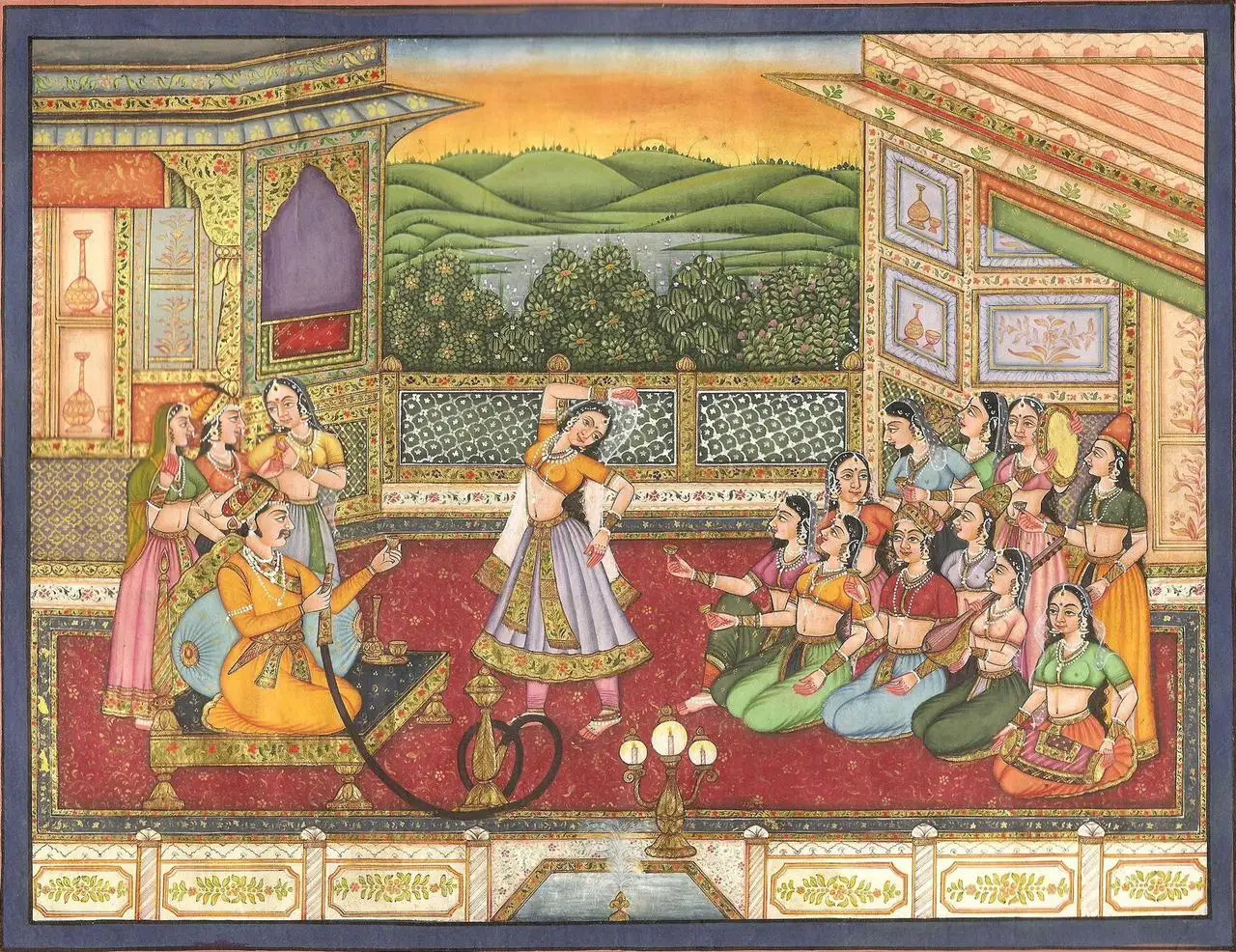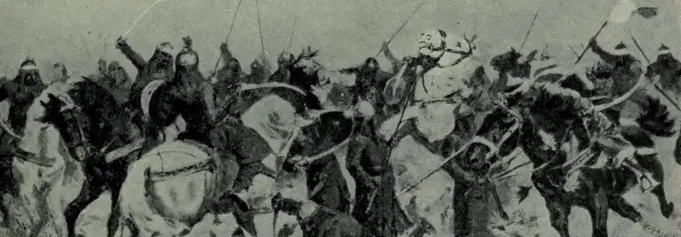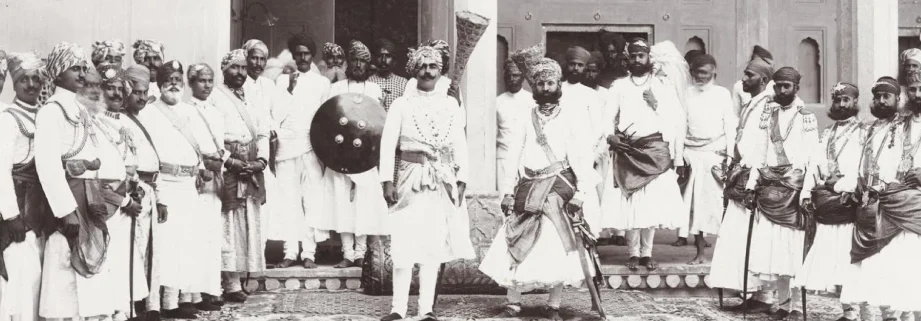Manchanda Caste – The Earliest Legendary Rulers in Hindu
Manchanda caste is a subgroup of the Rajput community, known for its historical roots in warfare and administration. Predominantly settled in North India, tracing their ancestry to the Suryavanshi (Solar Dynasty), the Manchanda caste is Rajput clan rooted in the lineage of King Ikshvaku and Lord Rama. Known for their valor and nobility, they epitomize the warrior class ideals of the Hindu Kshatriya community.
Manchanda Gotra and Cultural Identity
Associated with Shandilya, Jamadagni, Upreti, Gautama, Atri, Vasishta, or Kashyapa gotras, reflecting profound spiritual heritage. Upholding Rajput traditions through ancestral rites, martial arts, and participation in regional festivals while fostering ties with neighboring communities.
Manchanda Caste Social Presence and Legacy
Predominantly residing in Rajasthan, Haryana, Punjab, and Uttar Pradesh, Manchanda Caste upholds the honor, courage, and leadership of Rajput culture. Their commitment to Suryavanshi values ensures the legacy of their royal ancestry thrives in the modern era.
Manchanda Surname Caste/Gotra
Manchanda is broadly acknowledged as a Rajput surname within the Hindu Kshatriya community, tracing its heritage to the Suryavanshi (Solar Dynasty) branch of Rajputs, this lineage traces back to King Ikshvaku—one of the earliest legendary rulers in Hindu tradition—and includes revered figures such as Lord Rama from the Ramayana. They are often regarded as the “sons of kings”—Manchandas exemplify the valor and nobility inherent in this ancient warrior class.
Divine Ancestry and Gotra
Royal Ancestry and Gotra
As members of the Suryavanshi Rajputs, Manchandas look to the Sun God (Surya) as their divine ancestor, a lineage praised for producing illustrious figures such as King Ikshvaku and Lord Rama from the Ramayana. Beyond this celestial background, Manchandas align with notable gotras (lineage groups) such as Shandilya, Jamadagni, Upreti, Gautama, Atri, Vasishta, or Kashyapa, underscoring the profound historical and spiritual dimensions that shape their identity.


Regions & Presence
Geographic Presence
Predominantly residing in Rajasthan, Haryana, Punjab, Uttar Pradesh, and Uttarakhand, Manchandas are part of the rich tapestry of Rajput culture in northern India. Their participation in local festivals, community gatherings, and time-honored traditions underscores their enduring commitment to Rajput identity.
Caste Framework & Shared Lineage
Social Standing and Tradition
Acknowledged as a forward caste in the Kshatriya framework, Manchandas uphold the enduring principles of honor, courage, and leadership. Their cultural and historical ties connect them to a broader network of prominent Rajput surnames, including Chauhan, Rathore, Sisodia, Jadega, Singh, Tomar, Parmar, and Hada. By perpetuating age-old Rajput rituals and practices, Manchandas ensure that their Suryavanshi legacy remains vibrant and relevant, even in modern times


Practices, Festivals & Heritage
Cultural Traditions and Legacy
Steeped in a history of courage and leadership, Manchandas uphold customary Rajput practices—martial arts, folk celebrations, and ancestral rites passed down through generations. Despite modern transformations, they continue to preserve these rituals, reflecting the enduring legacy of Suryavanshi values and the spirit of their forefathers. Despite the evolving social landscape, they remain deeply committed to preserving their Rajput customs.
Their participation in a few regional festivals, including some Punjabi, Gujarati and Haryanvi festivals, reflects their adaptability and openness to fostering cordial relations with neighboring communities while retaining the core tenets of their Kshatriya Suryavanshi culture.
Essence of the Manchanda Clan
Traditional Rajput ideals — Honor, Valor, and Heritage
Understanding the Manchanda Caste: A Comprehensive Guide
Introduction
Ever wondered how the intricate tapestry of Indian society comes together? Caste plays a pivotal role in defining the social structure of the country. Among the diverse communities is the Manchanda caste, a group with a rich history, cultural significance, and evolving identity. Let’s dive into their fascinating journey, from historical roots to modern times.
Historical Background
Early Mentions of the Manchanda Caste
The Manchanda caste is believed to have ancient origins, with mentions in historical texts and oral traditions. Often associated with the Manchanda caste, they are traditionally considered to be part of the merchant and warrior classes.
Migration Patterns and Settlements
Over centuries, the Manchandas migrated across regions, predominantly settling in North India. Punjab, Haryana, and Delhi have been prominent hubs for the community.
Socio-Economic Role in Historical Context
Historically, the Manchandas were known for their adaptability, excelling in trade and administration. Their entrepreneurial spirit often positioned them as key contributors to local economies.

Cultural Practices
Traditional Occupations
The Manchanda caste traditionally engaged in professions like trade, weaving, and administration. Over time, their roles diversified, reflecting changing socio-economic conditions.
Rituals and Festivals
Manchandas celebrate festivals like Diwali, Holi, and Lohri with great enthusiasm. Family-oriented rituals often revolve around key life events such as marriages and births, showcasing a deep sense of community.
Linguistic Attributes
Punjabi and Hindi are the primary languages spoken within the Manchanda community, reflecting their roots in Northern India.
Social Dynamics
Relationship with Other Castes
Manchandas have historically maintained harmonious relationships with neighboring communities, fostering mutual respect and collaboration.
Role in Community Development
Their active participation in community-building activities, such as funding schools and organizing cultural events, highlights their commitment to societal welfare.
Gender Dynamics within the Community
The role of women in the Manchanda caste has evolved significantly, with modern-day women excelling in education, business, and governance.

Economic Contributions
Key Professions and Trades
From being merchants in ancient times to modern-day professionals in various sectors, the Manchandas have showcased remarkable versatility.
Transition from Traditional to Modern Roles
Today, Manchandas are found in diverse fields such as IT, healthcare, and education, breaking traditional occupational boundaries.
Entrepreneurship and Innovations
Many members of the Manchanda caste have emerged as successful entrepreneurs, setting benchmarks in business and innovation.
Education and Literacy
Historical Education Trends
Education has always been a priority for the Manchanda community, with early adoption of modern schooling systems.
Modern Achievements in Education
Today, the community boasts a high literacy rate, with many excelling in fields like medicine, engineering, and law.
Influence of Education on Social Mobility
Education has been a significant driver of upward mobility, enabling the Manchandas to integrate seamlessly into urban and global settings.
Geographical Distribution
Presence in Different States of India
While primarily concentrated in Punjab, Haryana, and Delhi, the Manchandas have also settled in Uttar Pradesh and Maharashtra.
Global Diaspora of the Manchanda Community
In recent decades, a significant number of Manchandas have migrated abroad, particularly to countries like the USA, Canada, and the UK.

Modern-Day Identity
Changes in Lifestyle and Occupation
Modernity has brought changes in the lifestyle and professional choices of the Manchandas, blending tradition with contemporary practices.
Role in Politics and Governance
Several members of the Manchanda caste have made their mark in politics, contributing to policy-making and governance.
Representation in Media and Arts
Manchandas are also visible in media, literature, and arts, showcasing their talent and creativity to the world.
Challenges and Opportunities
Social and Economic Challenges
Like many communities, the Manchandas face challenges such as maintaining cultural identity while adapting to modernity.
Community Efforts for Development
Various Manchanda organizations work tirelessly to address issues like education, healthcare, and social welfare.
The Road Ahead: Aspirations and Goals
With a strong foundation in tradition and a forward-looking approach, the Manchanda community aspires to continue contributing to society at large.
Conclusion
The Manchanda caste exemplifies a blend of tradition, resilience, and progress. Their journey through history, culture, and modernity offers valuable insights into the richness of Indian society.
FAQs
- What is the origin of the Manchanda caste?
The Manchanda caste traces its roots to the Rajput community, historically associated with trade and administration. - What are the traditional occupations of the Manchanda community?
Traditionally, they engaged in warfare and administrative roles. - How has education impacted the Manchanda caste?
Education has significantly enhanced social mobility, enabling members to excel in diverse fields. - What challenges does the Manchanda community face today?
Balancing modernity with cultural preservation remains a key challenge. - Where is the Manchanda caste primarily located?
They are primarily found in Punjab, Haryana, and Delhi, with a growing global presence.